Japan’s industrial output for August surprised by remaining steady month-on-month, outpacing expectations of a -0.8% mom decline. The seasonally adjusted index of production at factories and mines held its ground at 103.8, based on 2020 base of 100. Equally, index of industrial shipments ticked up by 0.1% to 103.2. In contrast, inventory index marked a -1.7% decrease to 104.6, registering the first decline in a quadrimestrial span.
The Ministry of Economy, Trade and Industry maintained a cautious tone on the economy’s direction, indicating that industrial output “fluctuated indecisively.” However, optimism is still present; the ministry’s poll suggests that manufacturers anticipate a 5.8% uptick in production for September, followed by a 3.8% rise in October.
On the retail front, August saw a 7.0% yoy surge in retail sales, surpassing anticipated 6.4% yoy. This momentum builds upon the month’s modest growth of 0.1% mom.
The labor market remained resilient, with the unemployment rate steadfast at 2.7%. The job offers-to-applicants ratio for August persisted at 1.29, unchanged from July.
Inflationary pressures seem to be cooling down. Tokyo’s core CPI for September, excluding food, dipped more than forecasted, from 2.8% yoy to 2.5% yoy , as opposed to the predicted 2.6% yoy. Headline CPI decreased slightly from 2.9% yoy to 2.8% yoy. Additionally, core-core CPI, which excludes both food and energy, retreated from 4.0% yoy to 3.8% yoy.




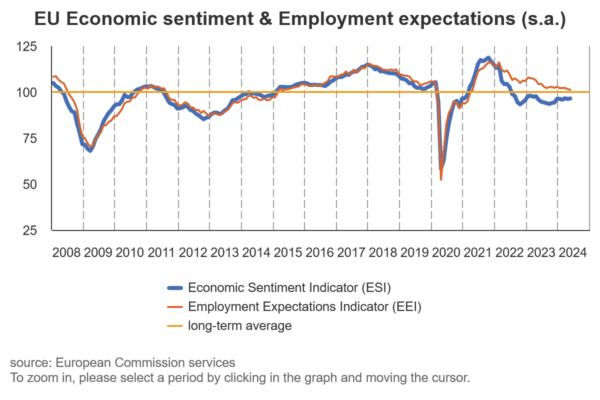


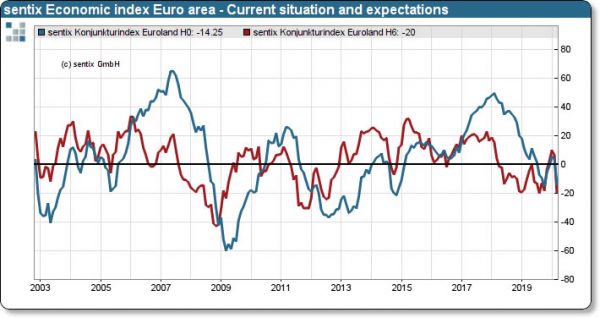
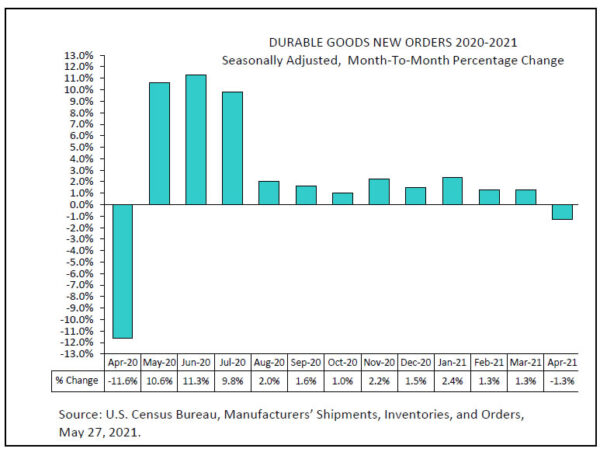
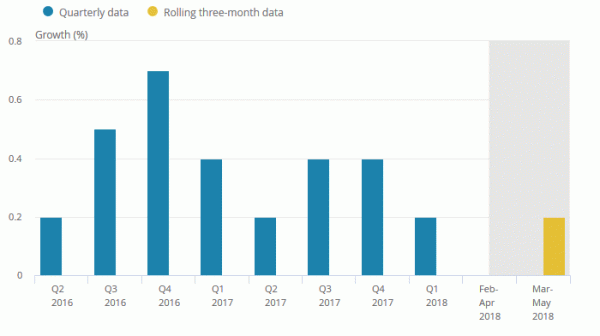
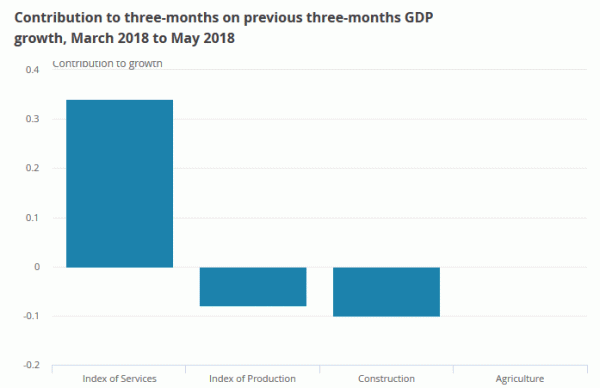
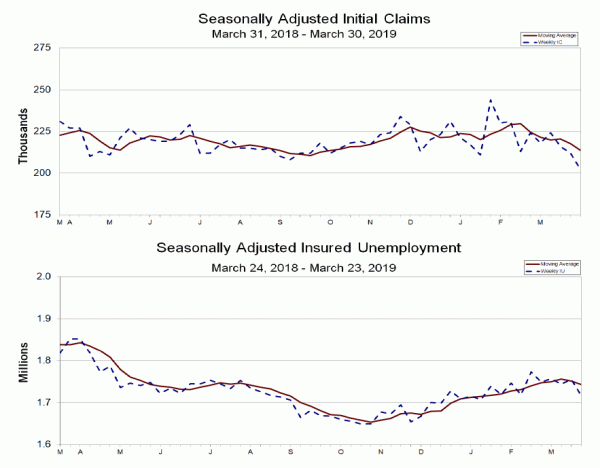
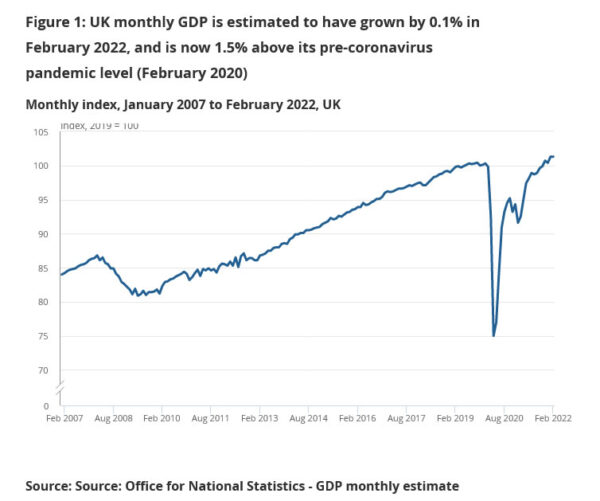
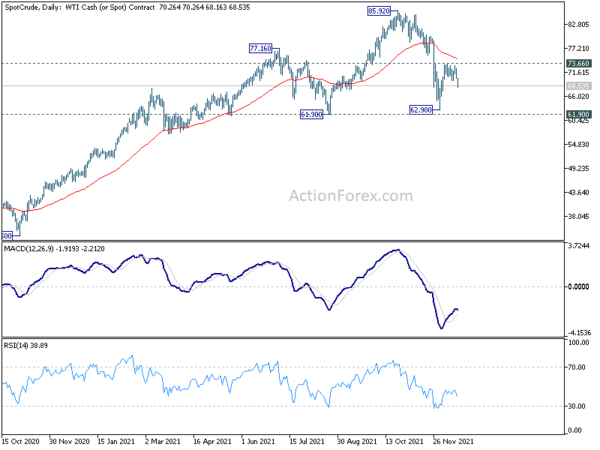


Dollar jumps on strong retail sales and jobless claims
Dollar surges broadly in early US session after generally positive economic data.
Headline retail sales rose 1.6% mom in March versus expectation of 0.8% mom. That’s also the strongest rise since September 2017. Meanwhile, 12 of 13 major retail categories increased. Ex-auto sales rose 1.2% mom versus expectation of 0.7% mom. Total sales from January through March rose 2.9% yoy.
Initial jobless claims dropped -5k to 192k in the week ending April 13, below expectation of 207k. It’s also the lowest since September 6, 1969 when it was 182k. Four week moving average of initial claims dropped -6k to 201.25k, lowest since November 1, 1969. And the series seem to be trending down again. Continuing claims dropped -64k to 1.653m. Four week moving average of continuing claims dropped 022.75k to 1.713m.
Philadelphia Fed Manufacturing Business Outlook, however, droppped to 8.5, down from 13.7 and missed expectation of 11.0.